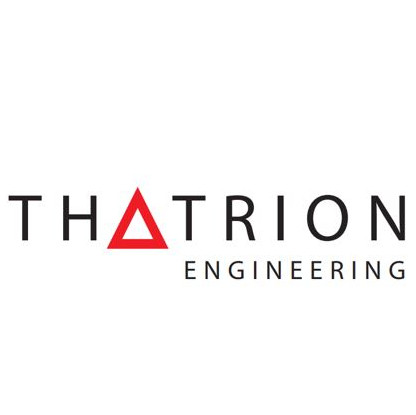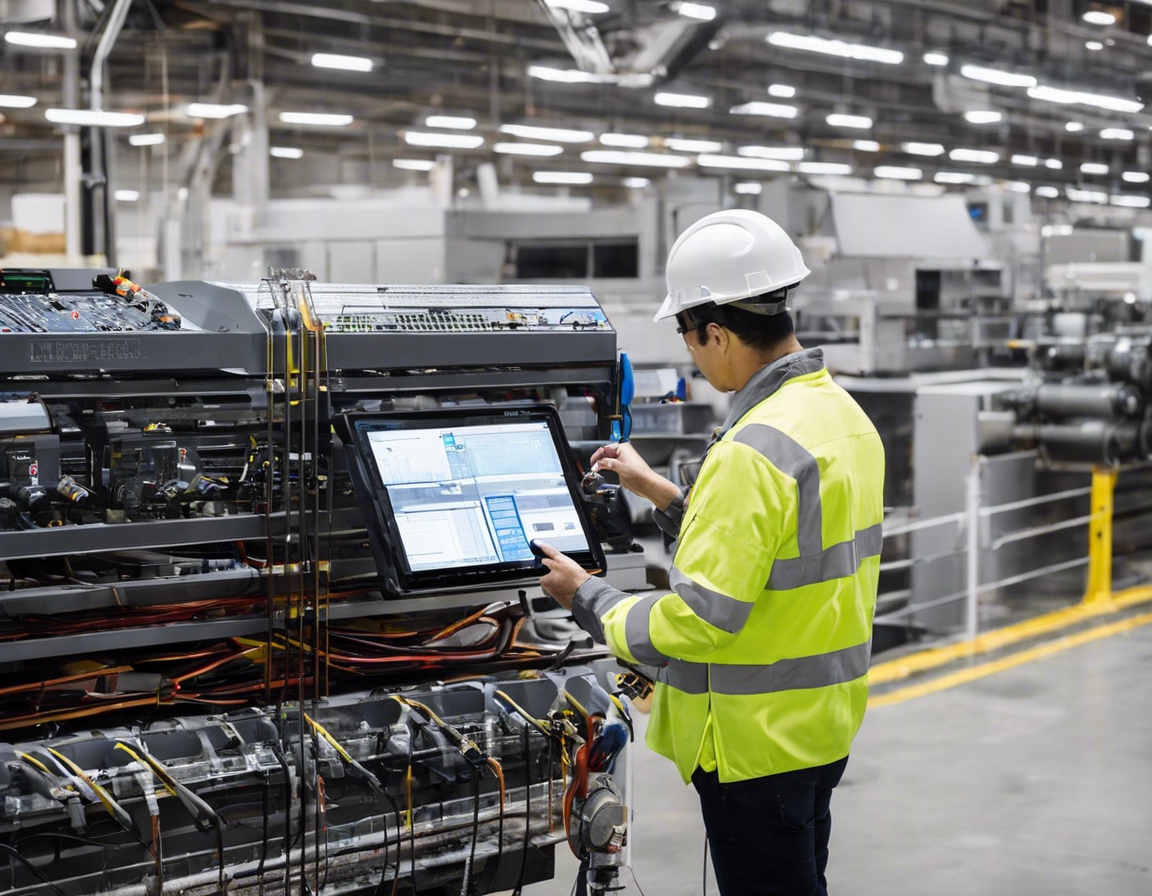How cad modeling enhances production efficiency
Computer-Aided Design (CAD) modeling has revolutionized the way industries approach design and production. By leveraging advanced software tools, CAD modeling allows engineers and designers to create detailed 3D models of products, components, and systems. This technology not only enhances the visualization of designs but also plays a crucial role in optimizing production processes.
The Role of CAD in Modern Manufacturing
CAD modeling significantly streamlines the design process by enabling rapid creation and modification of designs. This flexibility allows for quick adjustments and iterations, reducing the time required to move from concept to production-ready designs. The ability to visualize and manipulate designs in a virtual environment helps identify potential issues early in the process, saving time and resources.
Precision and accuracy are paramount in manufacturing, and CAD modeling excels in these areas. The software provides tools for precise measurements and alignment, ensuring that every component fits perfectly within the assembly. This level of detail minimizes errors and rework, leading to more efficient production cycles.
Benefits of CAD Modeling in Production Efficiency
One of the most significant advantages of CAD modeling is the reduction in design errors. By simulating real-world conditions and testing designs virtually, potential flaws can be identified and corrected before physical production begins. This proactive approach reduces costly mistakes and enhances overall production efficiency.
CAD modeling facilitates improved collaboration among teams by providing a common platform for sharing and reviewing designs. Engineers, designers, and stakeholders can easily access and annotate models, ensuring that everyone is aligned and informed. This seamless communication reduces misunderstandings and accelerates decision-making processes.
With CAD modeling, prototyping becomes faster and more efficient. Virtual prototypes can be created and tested quickly, allowing for rapid iteration and refinement. This agility enables manufacturers to respond swiftly to market demands and customer feedback, maintaining a competitive edge.
By reducing errors, streamlining processes, and enhancing collaboration, CAD modeling contributes to significant cost savings. Resources are optimized as materials and time are used more efficiently, leading to a more sustainable production process. These savings can be reinvested into further innovation and development.
Integration of CAD with Other Technologies
The integration of CAD with Computer-Aided Manufacturing (CAM) systems creates a seamless transition from design to production. This synergy ensures that designs are accurately translated into manufacturing instructions, reducing the risk of discrepancies and enhancing production efficiency.
In the era of Industry 4.0, CAD modeling plays a pivotal role in the creation of digital twins—virtual replicas of physical assets. These digital twins enable real-time monitoring and optimization of production processes, leading to improved efficiency and reduced downtime.
Challenges and Considerations in Implementing CAD
While CAD modeling offers numerous benefits, its implementation requires careful consideration. Companies must invest in training and software to fully leverage its capabilities. Additionally, integrating CAD with existing systems and processes can pose challenges that need to be addressed to maximize its potential.






Comments (0)